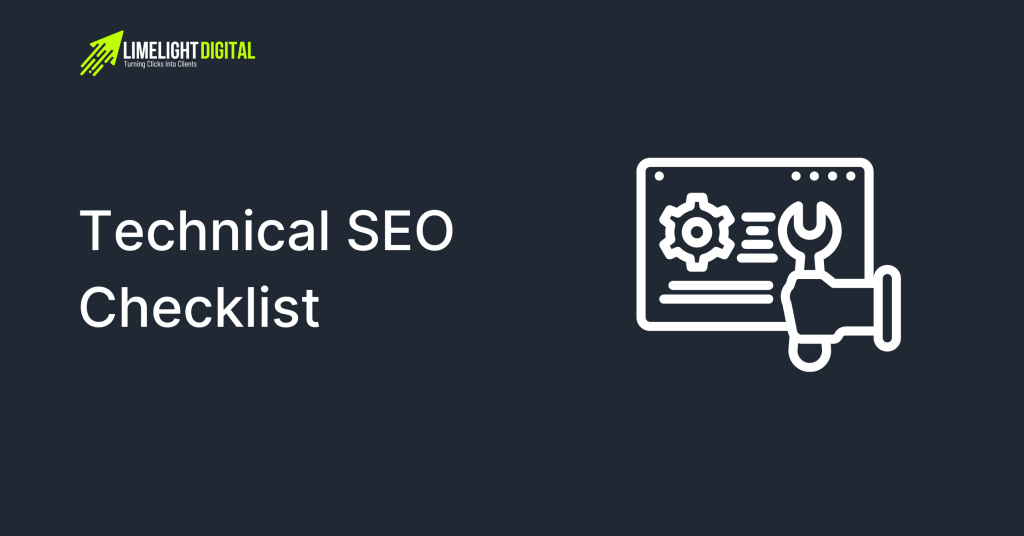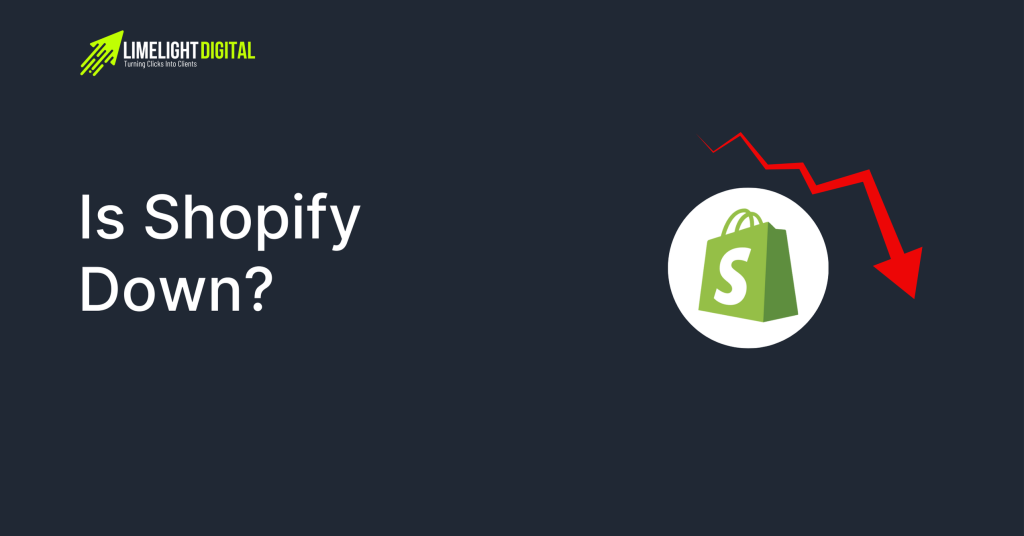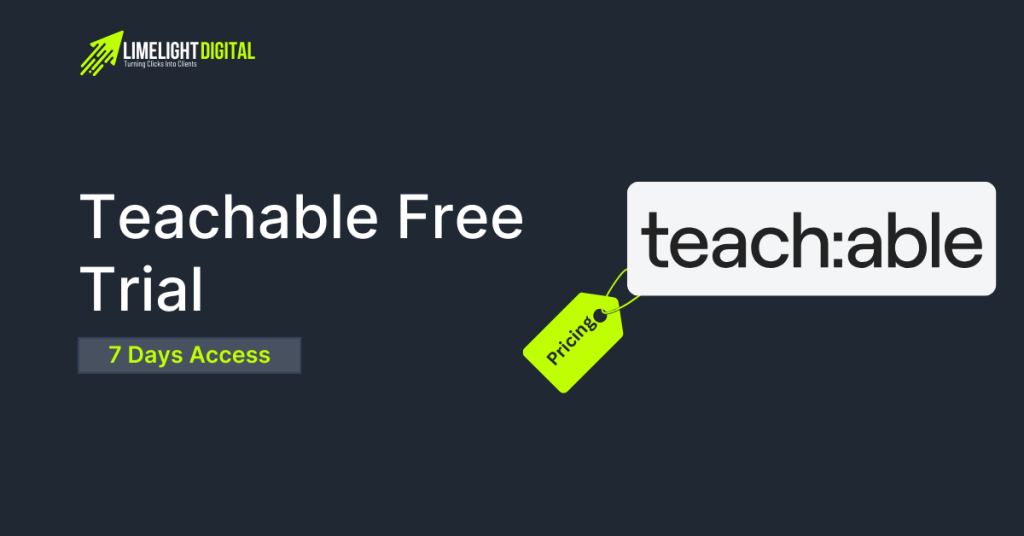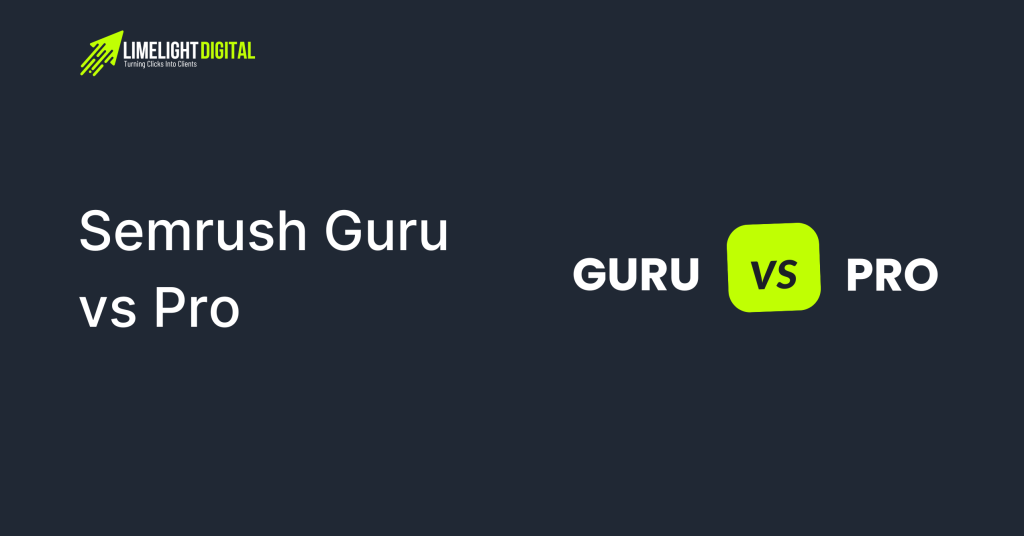Search engine optimization has evolved a lot over the past decade, but one thing remains consistent: on-page SEO is still the backbone of organic visibility. Whether you’re running a blog, e-commerce site, or SaaS platform, your content won’t reach its full potential without a strong on-page SEO strategy.
As we step deeper into 2025, SEO is no longer about keyword stuffing or writing for bots. It’s about real value, smart structure, and giving both users and search engines exactly what they’re looking for. This guide is here to help you do just that.
We’re going to walk you through the latest on-page SEO practices, broken down into a practical checklist you can apply right now. No fluff, no outdated hacks—just clear, actionable steps designed to help your pages rank higher and convert better.
What is On-Page SEO and Why Does It Matter?
At its core, on-page SEO is all about making your content easy to find, understand, and rank by search engines like Google. It’s the process of optimizing the visible content and the HTML source code of each page to increase visibility in search results.
But here’s the thing: good on-page SEO is also about humans. Google’s algorithms now deeply analyze how users interact with your page—bounce rates, time on page, engagement signals—so it’s no longer enough to just “look” optimized. You have to actually deliver value.
Think of on-page SEO as setting the foundation for everything else:
- Want backlinks? Make your content worth linking to.
- Want better rankings? Help Google understand your topic clearly.
- Want more conversions? Guide your readers with smart design and clear copy.
Ignoring on-page SEO is like building a house with no blueprint. You might get lucky, but chances are it won’t stand for long.
10 Essential On-Page SEO Checklist in 2025
Let’s dig into the meat of it. Here are the 10 on-page SEO elements you need to get right in 2025:
1. Craft a Title Tag That Actually Gets Clicked
Your title tag is the first thing people see in search results. In 2025, it’s not just about keywords anymore—it’s about click appeal. A good title tag should be:
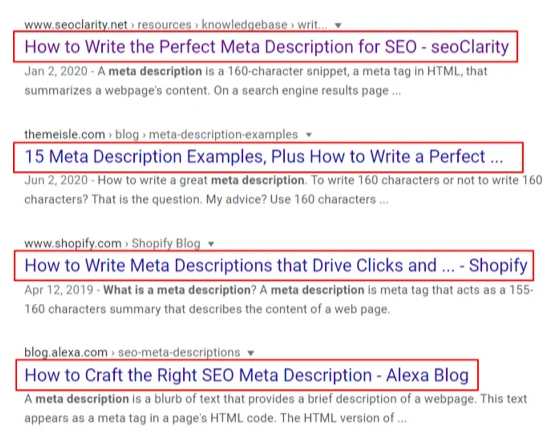
- Under 60 characters so it doesn’t get cut off
- Include the primary keyword, preferably toward the beginning
- Speak to the user’s intent or pain point
- Create curiosity or a value-driven promise
Bad example:
“SEO Checklist 2025 – Learn SEO”
Better example:
“On-Page SEO Checklist for 2025 (Boost Your Rankings Today)”
The second title includes the keyword and teases a benefit—improved rankings.
2. Meta Descriptions Still Matter—Just Not for Rankings
Contrary to what some believe, meta descriptions don’t directly affect rankings. But they absolutely affect click-through rates, which can influence your SEO indirectly.
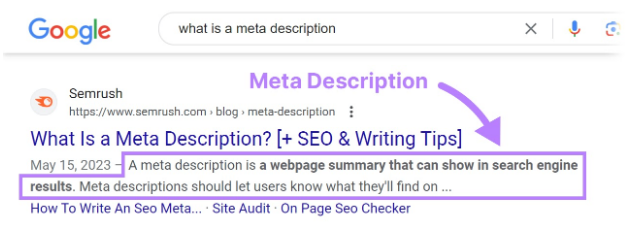
Your meta description should:
- Be under 160 characters
- Include the main keyword (so it’s bolded in SERPs)
- Clearly explain what the user will get if they click
Think of it like your page’s elevator pitch—short, persuasive, and straight to the point.
3. Use Header Tags Like a Real Writer, Not a Robot
Header tags (H1, H2, H3…) aren’t just for structure—they’re SEO gold when used right.

Best practices for 2025:
- Use only one H1 per page (usually the title of your article)
- Break content into logical sections with H2 and H3s
- Include secondary keywords or semantically related terms where it makes sense
- Keep headers clear and natural—no keyword dumping
This helps both readers and Google understand the hierarchy of your content, making it easier to skim, digest, and rank.
4. URLs Should Be Short, Clean, and Human-Friendly
URLs often get overlooked, but a messy link can be a red flag to both search engines and users.
✅ Good URL:
www.example.com/on-page-seo-checklist
🚫 Bad URL:
www.example.com/seo?id=34%hs&topic=page!
Google prefers simple, descriptive URLs that clearly reflect what the page is about. Keep it short, lowercase, and hyphenated between words. And always try to include your target keyword in the slug (but no keyword stuffing!).
5. Keyword Placement Still Counts—But It’s Not 2010 Anymore
In 2025, Google’s understanding of context and intent is more advanced than ever. But your primary keyword still deserves some VIP treatment.
Here’s where it should naturally appear:
- In the first 100 words of your content
- In at least one subheading
- Sprinkled throughout the body, without overuse
- In the URL and meta title
Instead of repeating the same exact phrase, use variations and related terms (LSI keywords). This gives your content a semantic edge without sounding robotic.
Example:
If your keyword is “on-page SEO checklist,” you might also use:
- SEO optimization guide
- On-site SEO steps
- Search engine optimization tips
6. High-Quality Content That Goes Beyond the Basics
It’s no longer enough to just write “good” content. In 2025, your content needs to be genuinely useful, original, and ideally, better than what’s already out there. That means going deeper into the topic, answering related questions, and offering insights or data others aren’t covering.
Ask yourself: Would someone bookmark this? Would they share it with a colleague? That’s the bar you want to aim for. Google is smarter now—it can tell the difference between fluff and depth. The best-performing pages tend to be those that combine depth with clarity and readability.
Take the extra time to add examples, comparisons, updated stats, and expert commentary. If you’re writing a product review, include screenshots or hands-on experience. If it’s a guide, show step-by-step visuals or personal insights. These things build trust—not just with readers, but with search engines too.
7. Internal Linking: Think Strategy, Not Just Structure
Internal links are one of those underused tactics that can really move the needle. They help search engines understand how your pages relate to each other and keep users on your site longer by guiding them to relevant content.
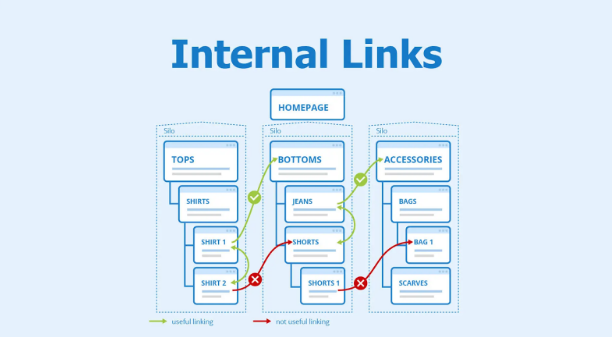
But here’s the catch: don’t treat internal linking as an afterthought. Think of it as storytelling. If you’re writing about keyword research, and you already have a separate guide on long-tail keywords, link to it where it naturally fits. It’s not just about “spreading link juice”—it’s about improving navigation and enriching the user experience.
A common mistake is using generic anchor text like “click here.” Instead, use descriptive phrases that signal context. “Learn how to optimize long-tail keywords” is far more helpful—for both readers and crawlers.
8. Image Optimization: It’s About Speed and SEO
Images add flavor to your content, but if not optimized, they can also slow your site down and hurt rankings. In 2025, optimizing images isn’t optional—it’s a basic expectation.
Start with descriptive file names—something like on-page-seo-example.png is always better than IMG-2093.png. Use alt text that describes the image in plain language. This not only helps with SEO but also improves accessibility, which search engines care more about these days.
Compress your images using tools like TinyPNG or Squoosh to reduce file size without compromising quality. And make sure they’re responsive, so they look great on mobile devices, too. Fast-loading, meaningful visuals = better engagement and rankings.
9. Mobile Optimization: No Longer a “Nice to Have”
If your website isn’t optimized for mobile in 2025, you’re invisible to a big chunk of users. Google indexes mobile versions first (thanks to mobile-first indexing), which means your mobile experience is your primary experience in the eyes of search engines.
A responsive design that adapts seamlessly to different screen sizes is crucial. But it’s not just about layout. Buttons should be tap-friendly, text should be readable without zooming, and load times must stay quick—even on slower connections.
Test your pages using Google’s Mobile-Friendly Test or just load them up on your own phone and see how intuitive they feel. If you’re frustrated as a user, your visitors probably are too—and Google knows it.
10. Page Speed Optimization: The Silent Ranking Factor
Page speed doesn’t get talked about as much as content or keywords, but it has a huge impact on bounce rate, conversions, and SEO. People are impatient. If your page takes more than a few seconds to load, many will just leave. Google notices.
You don’t need to be a developer to make improvements. Use tools like Google PageSpeed Insights or GTmetrix to get a breakdown of what’s slowing your site down. Often, it’s things like unoptimized images, too many scripts, or lack of caching.
Switching to a faster host, minimizing unnecessary plugins, and enabling lazy loading for images are great first steps. Clean code and lightweight themes can also shave off precious milliseconds.
Fast sites win—both in rankings and in user satisfaction.
Advanced On-Page SEO Tips to Boost Your Rankings
Once you’ve nailed the basics, there are a few more techniques that can elevate your content even further. These aren’t mandatory for every site, but if you’re serious about SEO growth, they’re worth your attention.
1. Embrace Topic Clusters and Content Hubs
Instead of creating isolated blog posts, try building topic clusters. That means having a central “pillar” page (like a complete guide) that links to and from several more detailed sub-pages. This structure helps search engines understand your topical authority and improves internal linking naturally.
For example, if your pillar page is “Complete Guide to E-commerce SEO,” your sub-pages might cover product page optimization, site architecture, mobile UX, and conversion rate tactics. Each of those links back to the main guide and to each other where relevant.
This model works wonders for organization, authority, and crawlability.
2. Add Structured Data (Schema Markup)
Structured data isn’t new, but it’s more impactful now than ever. Schema markup helps Google understand what your content means, not just what it says. It also makes your listings richer in the search results—think star ratings, event times, FAQs, and more.
If you’re writing a product review, use “Product” schema. If it’s a how-to guide, add “HowTo” schema. Tools like Google’s Structured Data Markup Helper or plugins like Rank Math and Yoast make this easier than you’d think.
Rich results not only attract more clicks but also enhance trust and authority.
3. Optimize for User Intent (Not Just Keywords)
By now, you’ve probably noticed: keywords alone won’t cut it. You need to align your content with why someone is searching. Are they trying to learn something? Buy something? Compare options?
Google is obsessed with matching user intent. So your page should be structured and written in a way that satisfies that specific intent—fast. If it takes five paragraphs to get to the point, users will leave. That bounce tells Google you weren’t helpful.
Start with a clear intro, give them what they came for upfront, and then build out more depth for those who want to stay longer. Keep it clean, skimmable, and laser-focused on their needs.
4. Refresh and Republish Older Content
SEO isn’t a one-and-done game. Older content can become outdated, lose rankings, and stop performing—unless you keep it alive.
Regularly revisit your top-performing pages and update them with new stats, fresher examples, and clearer writing. Add internal links to newer posts, and tweak titles or meta descriptions if click-through rates are dipping.
Even small updates can give your content a rankings boost, and republishing with a new date signals freshness to both users and search engines.
More Suggested Reads:
- SEO Experts & Consultants In The UK
- Best SEO Software For Agencies
- Best Digital Marketing Tools For Agencies
Conclusion: Follow This On-Page SEO Checklist To Optimize Your Website
The biggest shift in SEO over the last few years is this: Google’s ranking factors are now heavily influenced by human behavior. That means the better your page serves real people, the better it will perform.
On-page SEO in 2025 is about empathy as much as strategy. You need to think like a search engine and like a reader. Structure your content clearly, answer questions early, and write like you’re having a conversation, not like you’re checking boxes on a technical list.
Use this checklist as your living document. Revisit it regularly. SEO isn’t static, and neither should your approach be.

